The Hidden Green
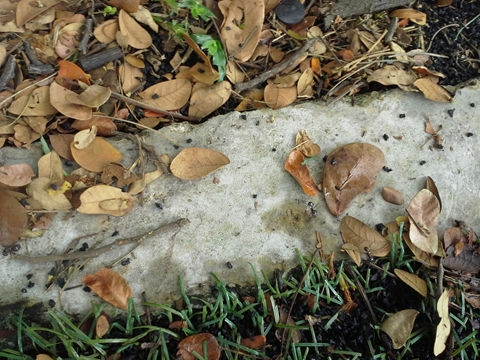
Ants on the move as they rummage for food through the leaf litter.
From a young age, I have always been curious about the natural world, as it shows me a fascinating that that white walls failed to satisfy. From the chirping of sunbirds to the slithering of snails, I loved it all. As the years progressed so did my passion, and Commonwealth Secondary School’s Green Club has provided me with an enriching platform to pursue my interests.
My experience talking to the people around me and reading the news has shown me that few people in metropolitan Singapore appear to appreciate the richness of our island’s biodiversity. Fewer still bother to learn more about our array of flora and fauna – the myth that cities possess negligible wildlife is etched far too deep into our minds. Through the Green Club, we were able to attend numerous camps, courses and seminars where we got to engage with the natural world, including studying species and abundance distribution of frogs, which are a useful indicator of the environment due to their high-susceptibility to human induced stressors, analysing water quality and learning to lead tours in wetland areas.
These activities opened my eyes to the environmental problems and potential solutions in action. The invaluable insights gained equipped me with better knowledge and skills to communicate with the masses and like-minded people on environmental issues. But the most thorough and hands-on green initiative I have attended thus far would have been the Greening Schools for Biodiversity Programme.
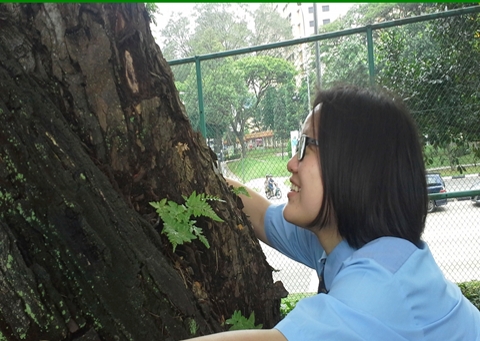
Have you ever paused to get closer to Nature? Megan Choo has – she’s trying to ignite the sense of touch to better understand the biodiversity of the tree.
The programme is a new initiative by the National Parks Board to get youths to appreciate the variety of Singapore’s biodiversity and to enhance it in their schools. Through this programme, we applied techniques such as technology-enabled mapping and terrain sampling to craft precise and up-to-date maps. Not only did we gather essential information on biodiversity hotspots in our school, it also provided us with opportunities to apply the skills of mapping and ground-truthing we learnt in geography classes to real-life scenarios.
We then undertook a detailed and careful analysis of both flora and fauna in our school grounds and we enjoyed the thrill of discovering many different species in our school grounds. On one occasion, we caught nature in action. A fellow participant of the programme remarked, “It’s amazing to see these wonders of nature! I didn’t know spiders devoured beetles so quickly. It’s incredible to witness it!”
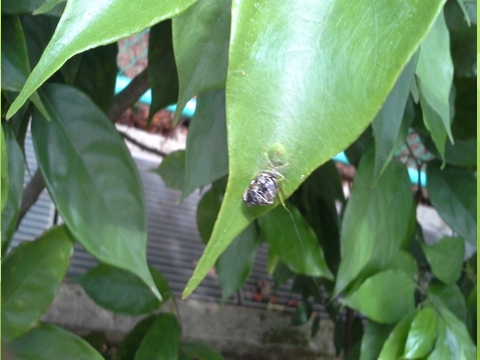
A rare sight – we spotted a spider devouring its prey on our school grounds!
Our survey revealed diverse species of spiders, lizards, butterflies and dragonflies inhabiting our school. Megan Choo, another programme participant, summed up our experience, “This programme has opened my eyes to urban biodiversity, and I’ve learned so much from this amazing experience!”
The fact that so many exotic creatures were right under our noses all along, yet somehow remained hidden because of our ignorance just shows that. with a little more patience and inquisition, there is so much in the natural world that we can discover, and cherish. The natural world is like that, a place where true wonders await those who take the time to appreciate them.
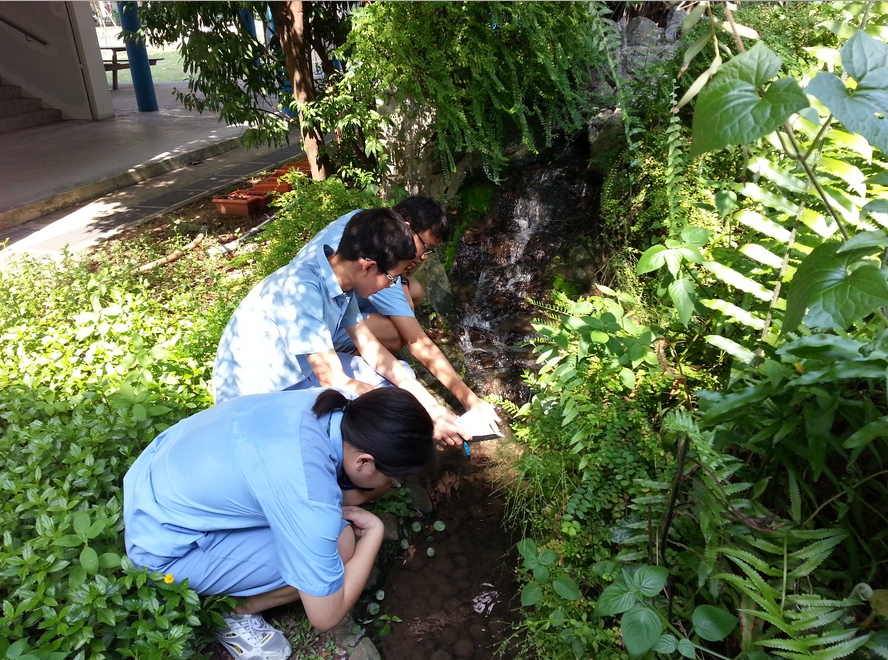
Nicolas (in the middle) with his fellow Green Club members studying the ecology of his school’s garden.
By Nicolas Blackburn
Photos provided by CWSS Green Club
Author’s Information
Nicolas Blackburn is a student of Commonwealth Secondary School and a passionate member of the school’s Green Club. He is deeply interested in ecology and hopes to play an active role in helping others better understand urban habitats in Singapore.
Greening Schools for Biodiversity Programme
The programme is opened to all primary and secondary schools, as well as junior colleges and is an initiative by the National Parks Board to attract more biodiversity in schools. As part of the programme, a flora and fauna survey of the school ground will be conducted along with an analysis of the land use around the school grounds. From the audit, students of these schools will learn where the biodiversity hotspots are within their schools and propose areas of improvement. Students will then be tasked to formulate and implement a plan to enhance their school compound to attract more biodiversity. Learn more about the programme here.
Glossary
Ground truthing:
Having people on the ground collect data that is also collected using satellite or aerial photography, and then comparing the two sets of information to ensure accuracy.


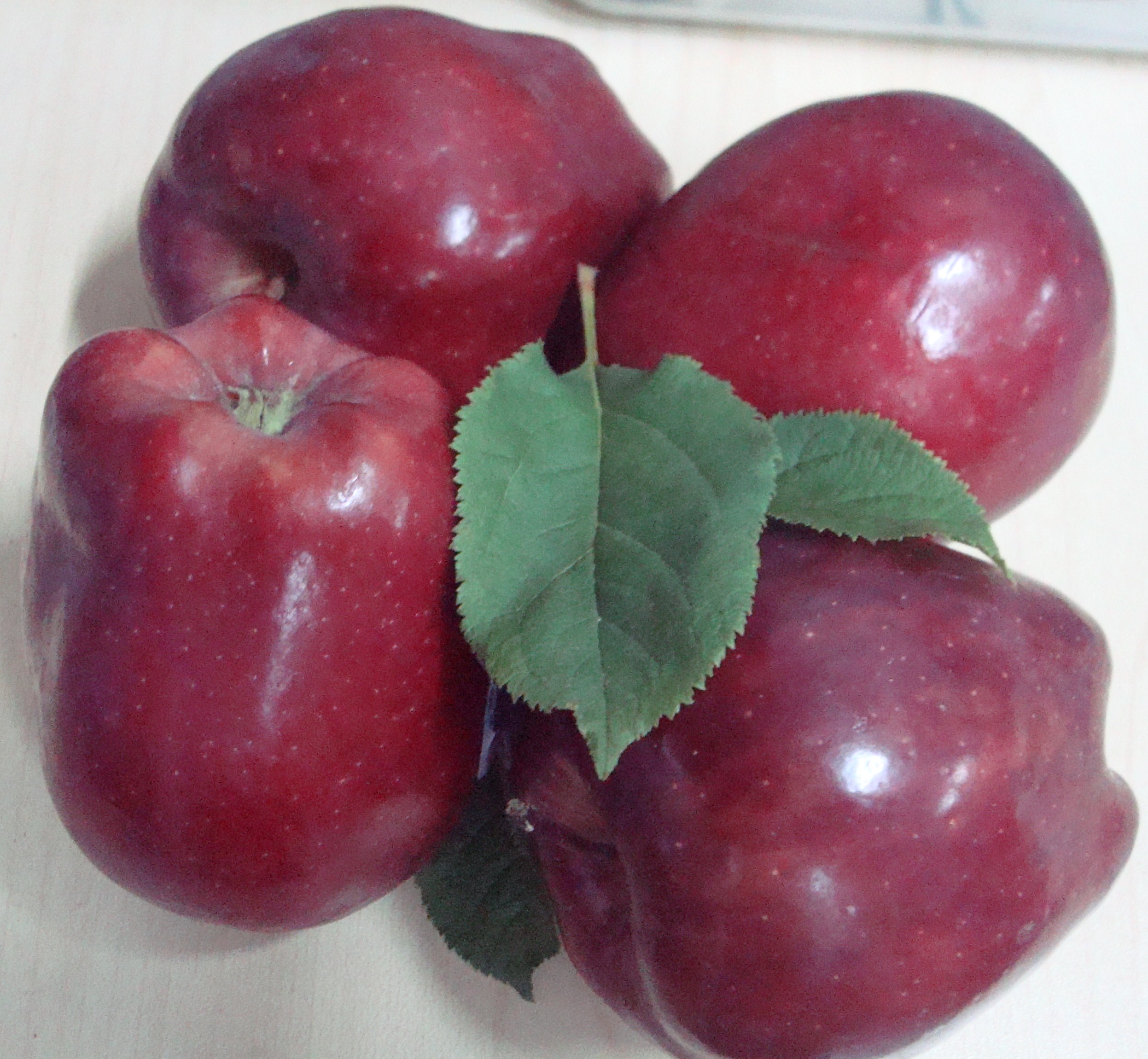
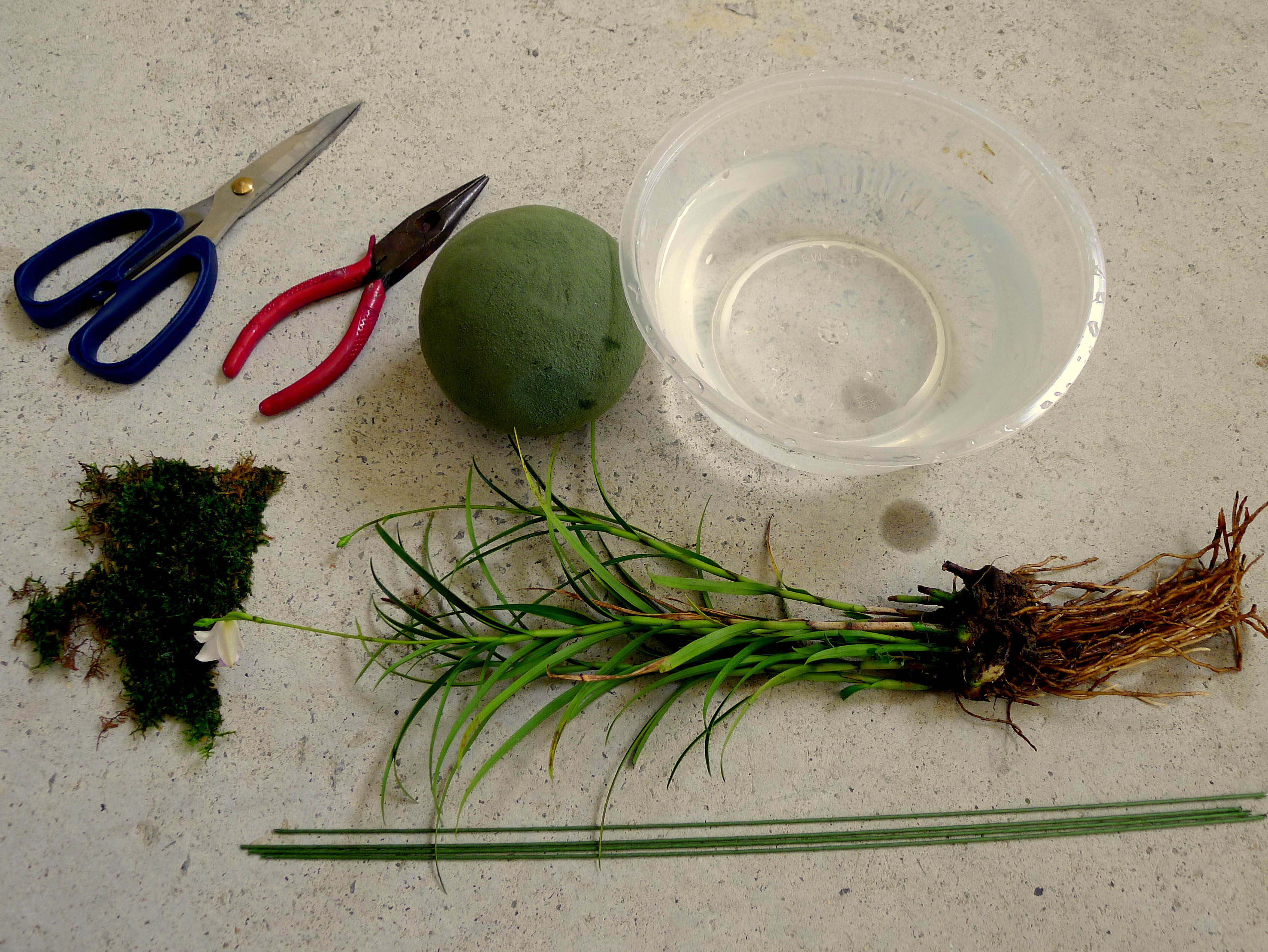
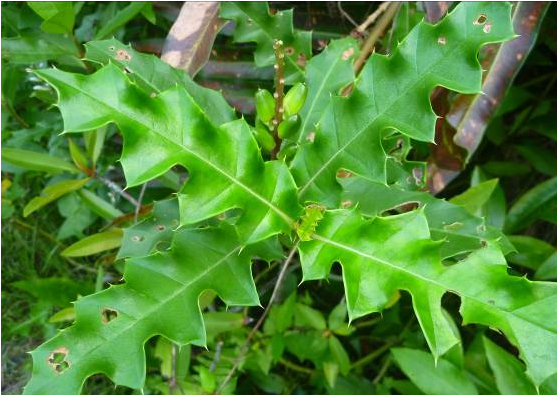
Have views or comments on this article? Let us know via this form. If you would like to give us feedback on any other areas relating to our parks and gardens, please submit via https://www.nparks.gov.sg/feedback